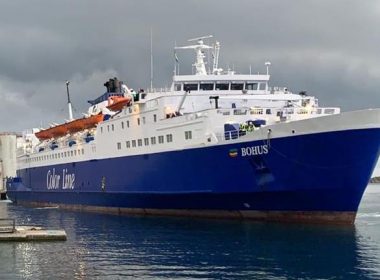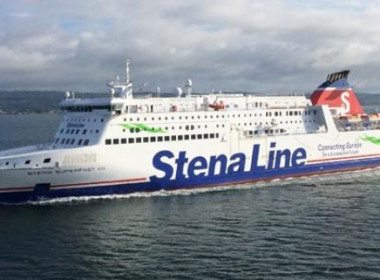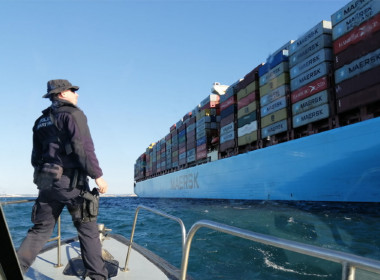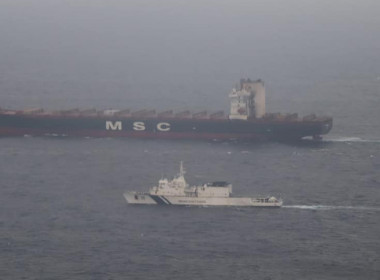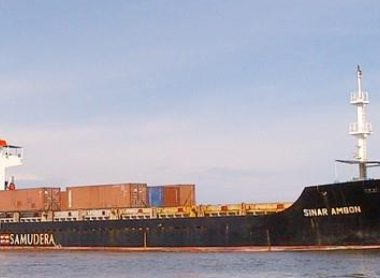Probe reveals diesel spray caused engine room fire on trawler off Hokitika, New Zealand

The New Zealand Transport Accident Investigation Commission (TAIC) has released its investigation report on an engine room fire incident involving a fishing vessel on July 2, 2021.
On the said date, the factory fishing trawler Amaltal Enterprise was at sea on fishing operations 55 nautical miles off Hokitika on South Island when there was a fire in the main engine room.
The crew acted quickly, closed down the engine room, and quickly got the fire under control without using the fixed halon gas fire-smothering system.
The vessel suffered extensive heat and smoke damage to electrical systems and had to be towed to port for repair.
The TAIC said it is virtually certain that the source of the fire was marine diesel oil that sprayed onto the hot engine exhaust manifold. The oil had sprayed under pressure when an accumulator in the fuel system unwound from its pipe connector and dislodged.
- Screw fitting: The accumulator could unscrew because nothing stopped it unscrewing. A loose fitting screw thread with little steel-on-steel resistance made the accumulator assembly prone to vibration and resonance from engine room machinery.
- Bladder: The accumulator was not fit-for-purpose; its internal bladder was old and lacked lubrication between the internal bladder and steel casing. The failure of the bladder within the accumulator made the assembly susceptible to fuel system pressure pulsing, unable to absorb these forces.
Lessons for the marine sector
- Maintenance of safety-critical systems:
- Repair and maintain safety-critical systems under controlled conditions./1.5 and protect safety-critical components from vibration.
- Maintenance work should be managed with sign-off for each task, a job safety analysis for each task that may pose risks to the contractors or crew and, where applicable, testing to ensure the repaired system is fit-for-purpose.
- Remote-operated systems:
- Routinely remote-test all remotely operated safety-critical systems for assurance that they will work correctly in an emergency.
- (Minimising the consequences of this fire depended on shutting down an engine room exhaust fan. The crew had to do this at site because they couldn’t shut it down remotely).
- Command and control: (again, to their credit, the crew quickly got the fire under control)
- A good response to a fire: tell everyone about the fire; know where everyone is; assemble crew in assigned fire parties at designated stations; and establish good communication between all fire parties.
- Gaseous fire-extinguishing systems:
- The Halon gaseous fire-extinguishing system on board Amaltal Enterprise did not meet IMO guidance for systems where extinguishing gas is located in the space it is designated to protect
- In situations like this, the longer activation is delayed, the higher the risk that fire will overwhelm the firefighting system.
TAIC recommendations
The commission has issued two recommendations:
- That Maritime New Zealand ensure that Amaltal Enterprise‘s owner install a new gaseous fire-extinguishing system that complies with current maritime rules [and implement other measures to manage risks associated with its current system].
- That the owner of Amaltal Enterprise (Talley’s) improves its management of contractors working on board.


